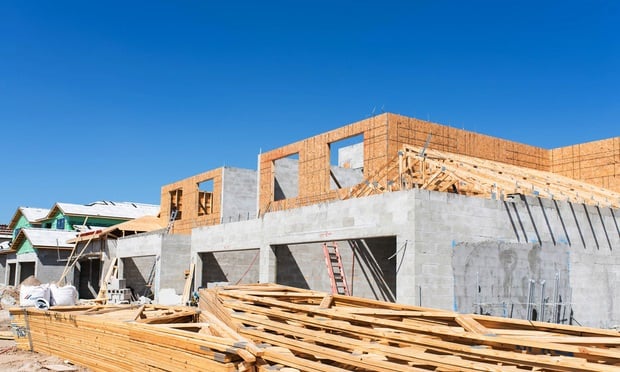IRVINE, CA—“There are those that argue consumers have moved on from shopping at the mall in favor of online purchasing—the naysayers who claim it's just more convenient to place an order on Amazon.com or that the outdated post-Thanksgiving Black Friday has given way to the more popular Cyber Monday.”
So says Scott Hook, EVP at the Orange County office of Coldwell Banker Commercial Alliance, when asked about whether or not the traditional American shopping mall was going away any time soon. “While the dynamics of what we have come to expect from malls may be changing, this is still a viable component of the overall retail sector,” he says.
According to Hook, if you “visit most malls on any weekend or during the holiday season and you'll see firsthand that its demise has been greatly exaggerated—the classic mall is just in a transition period.”
In preparation for a recent digital Real Estate Forum feature on the subject, Hook told GlobeSt.com that mall owners across the country are looking for ways to reposition and find more value in suburban malls, such as redesigning the properties into a more mixed-use asset. “Owners want to transition the retail center concept from just a place to go shopping into total destination—a total experience where consumers can spend an entire day.”
Finding an optimum location also plays a significant part in the success of a mall, he says. “A well-located retail center with easy access from multiple neighboring towns can thrive in any economic environment.”
From a financial standpoint, Hook explains, the good news is that “developers still see malls as a solid investment, particularly because of the diverse multi-tenant aspect it offers, unlike the typically smaller target list of the office and industrial sectors.”
And even when a mall tenant leaves or their lease expires, he notes, “there is still a vast list of retail businesses to target, thereby increasing the prospects for sustained success.”
So despite all the negative chatter that the end is near for the classic suburban mall, it is very much alive and in fact, will likely never die, Hook says. “Even as online commerce grows year after year, consumers still need the personal touch and human interaction that you can only get from the traditional family trip to the local mall.”
Continue Reading for Free
Register and gain access to:
- Breaking commercial real estate news and analysis, on-site and via our newsletters and custom alerts
- Educational webcasts, white papers, and ebooks from industry thought leaders
- Critical coverage of the property casualty insurance and financial advisory markets on our other ALM sites, PropertyCasualty360 and ThinkAdvisor
Already have an account? Sign In Now
© 2024 ALM Global, LLC, All Rights Reserved. Request academic re-use from www.copyright.com. All other uses, submit a request to [email protected]. For more information visit Asset & Logo Licensing.








